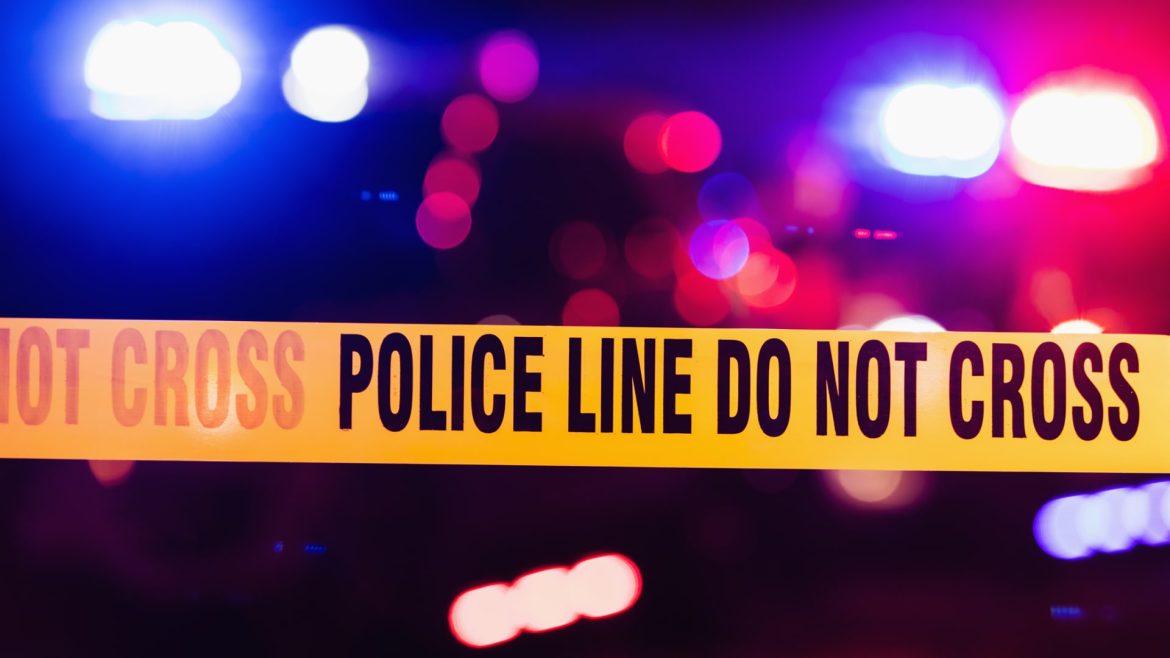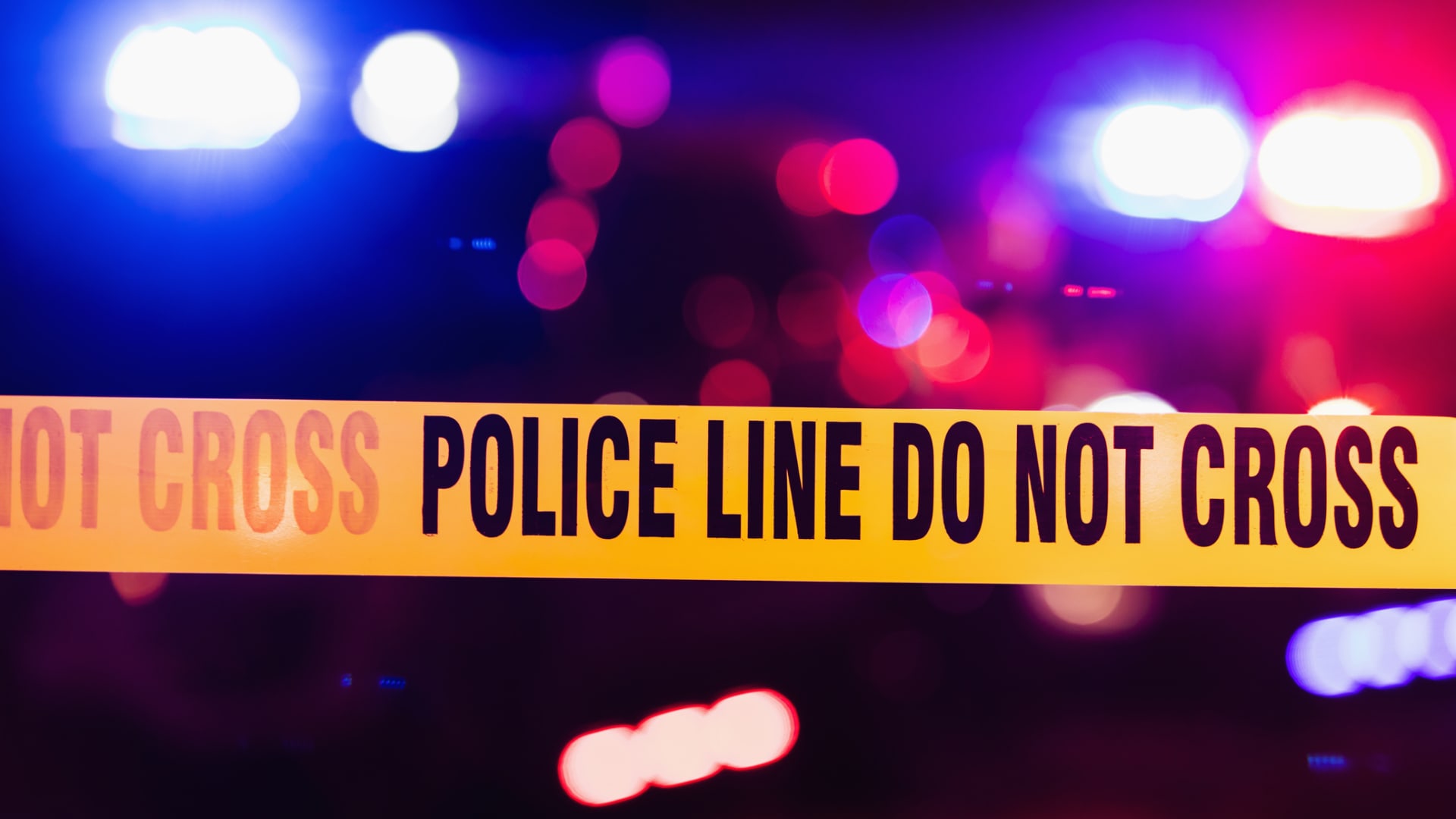An Attack on Awareness: The Boulder Molotov Cocktail Incident and Its Wider Implications
—
Introduction: A Scene of Violence Amidst a Peaceful Protest
On a Sunday afternoon in Boulder, Colorado, a peaceful demonstration to raise awareness for Israeli hostages held by Hamas turned into a scene of violence and chaos. Multiple protesters were injured when an assailant hurled incendiary devices—specifically Molotov cocktails—into the crowd. This attack, labeled by the FBI and local officials as an act of terrorism, has sent shockwaves through the community and highlights underlying tensions surrounding the Israeli-Palestinian conflict and the risks faced even by peaceful advocacy groups.
—
The Incident: Details and Immediate Aftermath
The attack took place near the intersection of 13th and Pearl Streets, a busy outdoor mall area in downtown Boulder. Participants were marching to raise awareness about hostages held by Hamas militants in Gaza. The event, known as “Run for Their Lives,” has been held regularly since November 2023, following the October 7 Hamas attack on Israel, and specifically aims to highlight the plight of Israeli captives.
According to Boulder Police Chief Stephen Redfearn, a suspect was taken into custody at the scene after sustaining minor injuries necessitating hospitalization. Witnesses reported seeing the suspect throw multiple firebombs at the crowd, causing several individuals to catch fire. Official statements confirm that the victims’ injuries range from minor to severe, with at least five people reported burned. Emergency responders evacuated the area as they treated the injured and investigated.
The FBI and local law enforcement agencies rapidly labeled the assault a “terror attack” targeting pro-Israel demonstrators. The Anti-Defamation League and Boulder’s Jewish community expressed heartbreak and condemnation, emphasizing the attack’s targeted nature and the broader rise in antisemitism nationwide.
—
Context: The Motivations Behind the Protest and the Attack
The protest was not a spontaneous gathering but part of an ongoing awareness campaign addressing a deeply charged and sensitive issue: hostages taken during armed conflicts between Hamas and Israel. These hostages, held in Gaza following violent confrontations, have become a rallying point for advocacy groups and citizens concerned about humanitarian and political rights.
The assailant’s choice to use Molotov cocktails—improvised incendiary devices—during this particular demonstration indicates premeditation and intent to inflict harm on a specific group. The attack’s timing and context suggest an attempt to silence or intimidate those advocating for Israeli hostages’ release.
Further compounding the event’s gravity are current trends involving rising antisemitic incidents and attacks on Jewish communities in the United States and worldwide. This attack in Boulder mirrors a broader pattern where peaceful political expression, particularly when connected to the Israeli-Palestinian conflict, becomes a flashpoint for violence.
—
Community and Law Enforcement Response
Local law enforcement swiftly responded to the unfolding crisis, securing the suspect, tending to victims, and reassuring the public by controlling access to downtown Boulder. Police Chief Redfearn urged residents to avoid the area during investigations. Concurrently, FBI agents launched a formal terror investigation, signaling the federal government’s commitment to treating this act as a serious threat to civil safety and constitutional rights.
Members of Boulder’s Jewish community and advocacy groups released statements expressing sorrow and solidarity while condemning the violence. They highlighted the importance of continued peaceful advocacy amidst such hostility, calling for vigilance against hate-driven attacks and for public support of those affected.
—
Broader Implications: Political, Social, and Security Perspectives
The Boulder attack brings to light the complexity of domestic security in the face of international conflicts projected locally. It underscores several crucial issues:
– Freedom of Assembly Under Threat: The attack on a peaceful protest confronts fundamental rights, reminding society that political expression often entails personal risk, especially on polarized issues.
– Rising Antisemitism and Hate Crime Trends: This incident fits into an alarming rise in targeted violence against Jewish communities and those affiliated with Israel advocacy.
– The Challenges of Counterterrorism at Home: The use of Molotov cocktails and the targeting of civilians highlight the evolving tactics used in domestic acts of terror, pressing law enforcement to adapt rapidly.
– Polarization and Conflict Spillover: The Israeli-Palestinian conflict’s reverberations extend globally, with diasporic communities and activists sometimes caught in local crossfires.
—
Conclusion: Vigilance, Resilience, and the Path Forward
The attack at Boulder’s Pearl Street Mall is a stark reminder that moral and political conflicts far beyond American borders can explode with real and violent consequences within local communities. While the incident has inflicted physical and emotional wounds, it also calls attention to the resilience of peaceful protesters and communities determined to raise awareness in the face of intimidation.
Law enforcement’s prompt action and the FBI’s terrorism designation demonstrate the gravity of the situation, but it is the immediate and long-term response from society, activists, and civic leaders that will shape the aftermath. Understanding this event as more than an isolated act of violence but as part of broader societal tensions is critical.
Fostering dialogue, ensuring security at political gatherings, and combating hate-driven extremism remain paramount as Boulder recovers and as communities across the country grapple with the implications of such targeted attacks. The commitment to peaceful advocacy and remembrance—encapsulated by the Run for Their Lives and similar actions—will continue to stand as beacons of hope amidst an uncertain and turbulent landscape.





